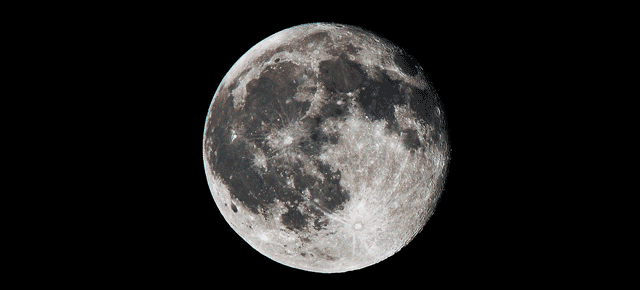About once a century on any given square kilometre of Earth, a cosmic ray hits with mind-boggling intensity. The teeny tiny subatomic particle from space comes careening in with more than 10 million times the energy of particles shot out by the Large Hadron Collider. Where do these ultrahigh energy cosmic rays come from? Astronomers have a plan to find out, using the moon and a massive new radio telescope array.
The $US1.5 billion array, which is in development now, is so massive that doesn’t fit on one continent. Spread out over thousands of kilometres across Australia, New Zealand and South Africa will be thousands of radio telescopes that, together, add up to the Square Kilometre Array. The total collecting area of the array is one million square metres, or one square kilometre — hence its name. When it’s completed in 2015, it will be the world’s biggest and most sensitive radio telescope.
Artist impression of the Square Kilometre Array. Credit: SKA
But what about the moon? Here’s where things get interesting. In a paper recently posted to ArXiv, a group of astronomers detail how the entire moon can be turned into an instrument for studying the mysterious cosmic rays. That’s because upon impact, cosmic rays generate a cascade of secondary particles, which can be seen as nanosecond burst of radio waves. By analysing these radio waves, we might figure out where the rays are coming from.
There is a catch, of course, which explains why the moon isn’t already a cosmic ray detector. The Physics ArXiv blog explains:
This effect is complicated by the fact that radio pulses are projected forward in a cone and cannot travel far through the lunar surface before being absorbed. That means that astronomers will only be able to see the radio pulses from ultrahigh energy cosmic rays that graze the edge of the Moon coming our way. So the gear they need to detect the signal is a highly sensitive radio telescope on Earth.
That is where the Square Kilometre Array comes in. If all goes according to plan in the next decade, we could see these small perturbations on the moon — and begin to solve some of the mysteries of space. [The Physics ArXiv Blog, ArXiv]
Top image: Peter Freiman/Creative Commons
